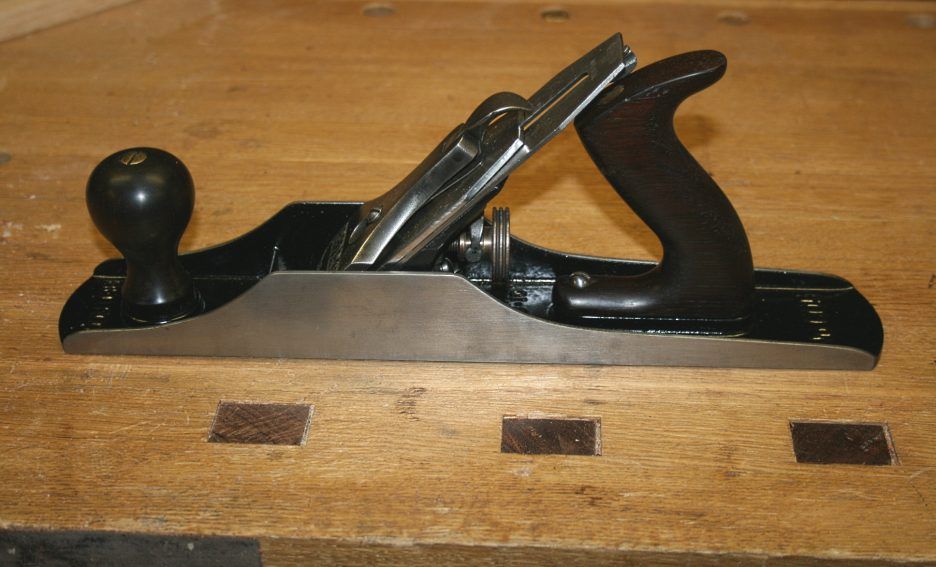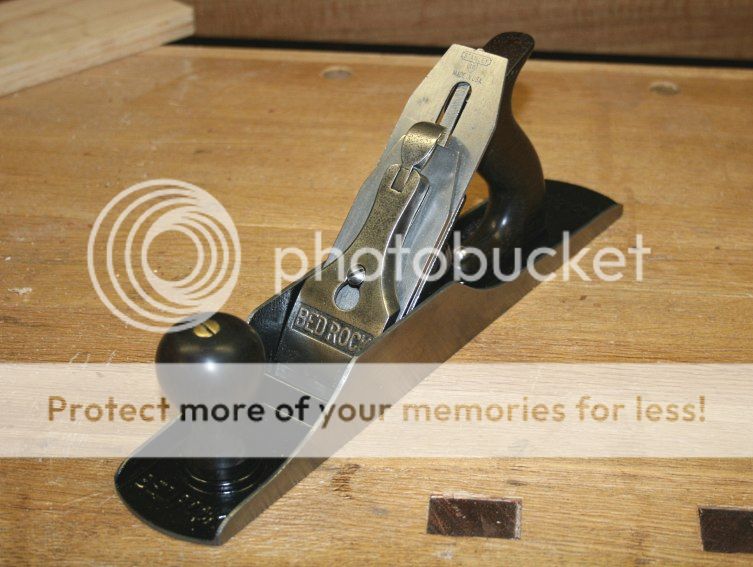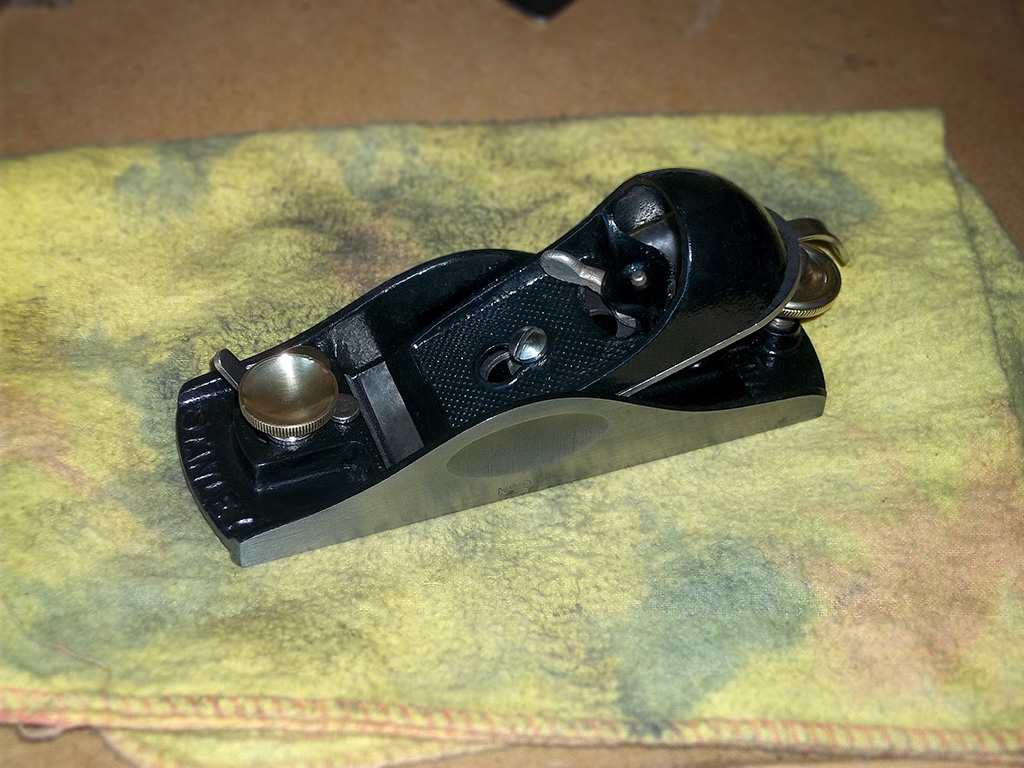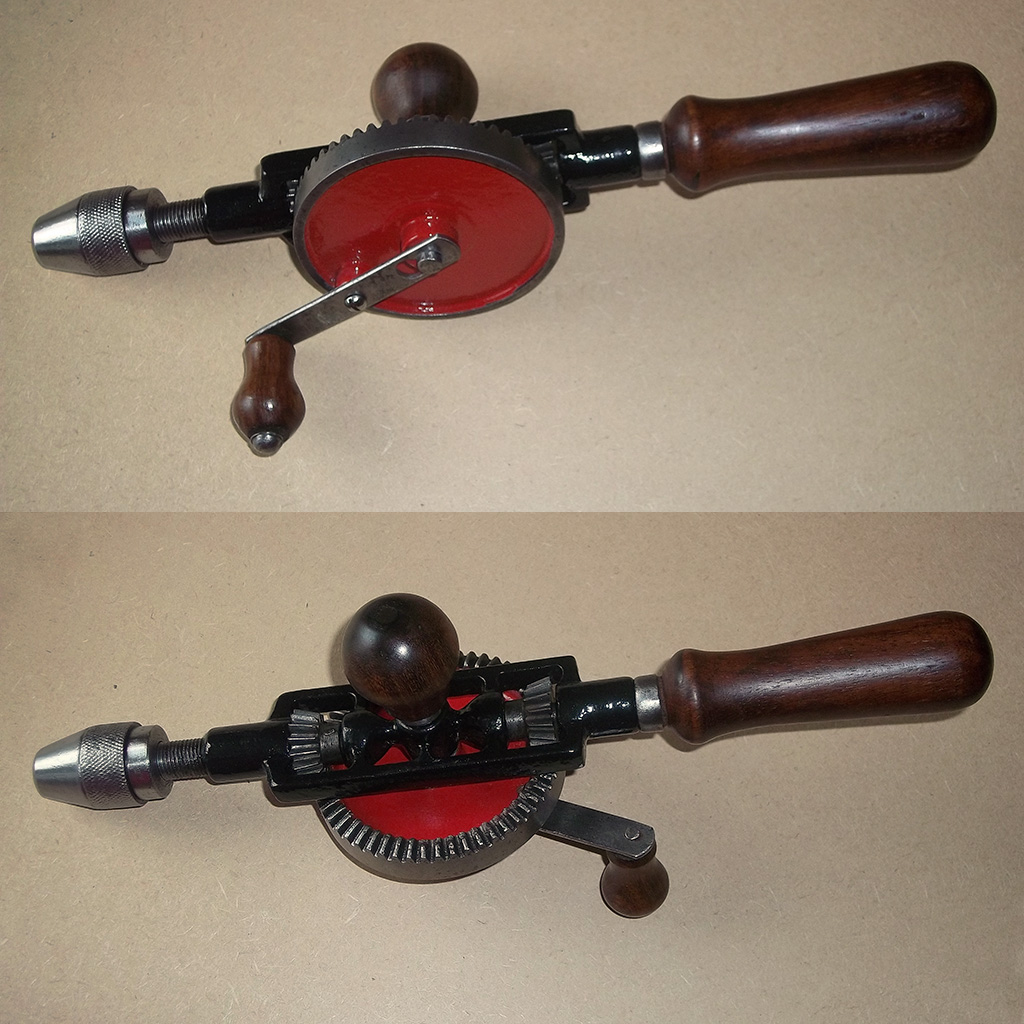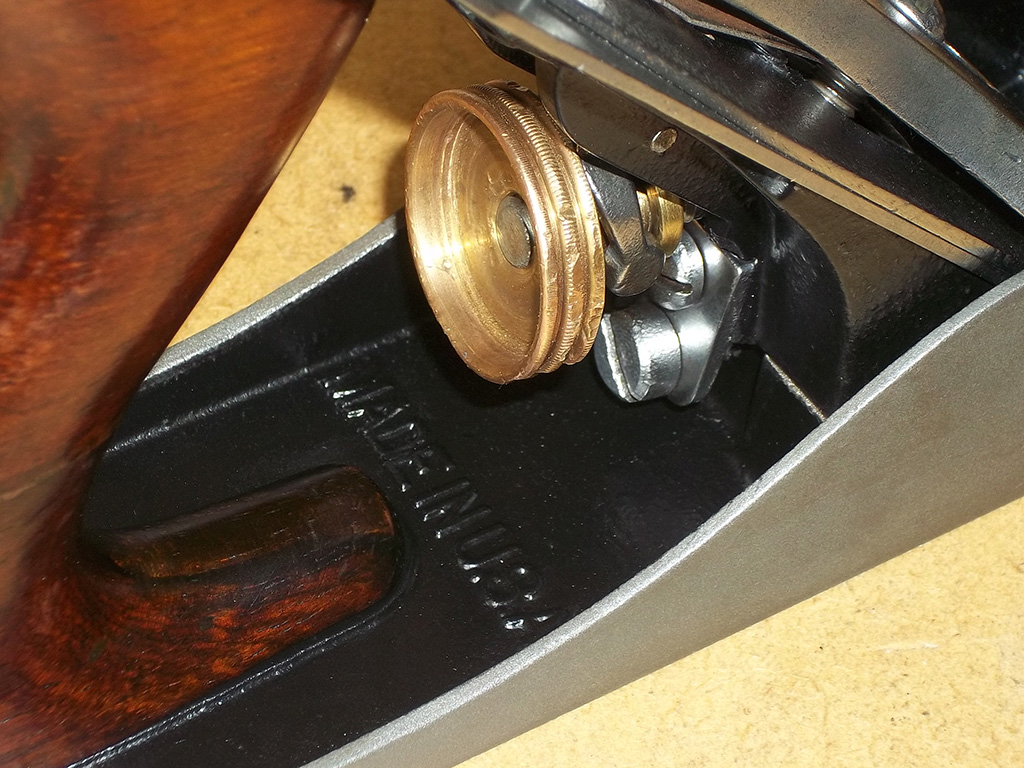Hello,
I've just purchased a No6 Stanley/ Bailey (USA if that makes a difference)
It has a fair amount of surface rust, although nothing major.
I was just wondering if anyone has had the body of a plane sandblasted and then powder coated?
I would tape the sole to avoid having that touched.
Is there a reason I shouldn't be thinking about this?
Oven temperature perhaps?
Cheers
I've just purchased a No6 Stanley/ Bailey (USA if that makes a difference)
It has a fair amount of surface rust, although nothing major.
I was just wondering if anyone has had the body of a plane sandblasted and then powder coated?
I would tape the sole to avoid having that touched.
Is there a reason I shouldn't be thinking about this?
Oven temperature perhaps?
Cheers



































